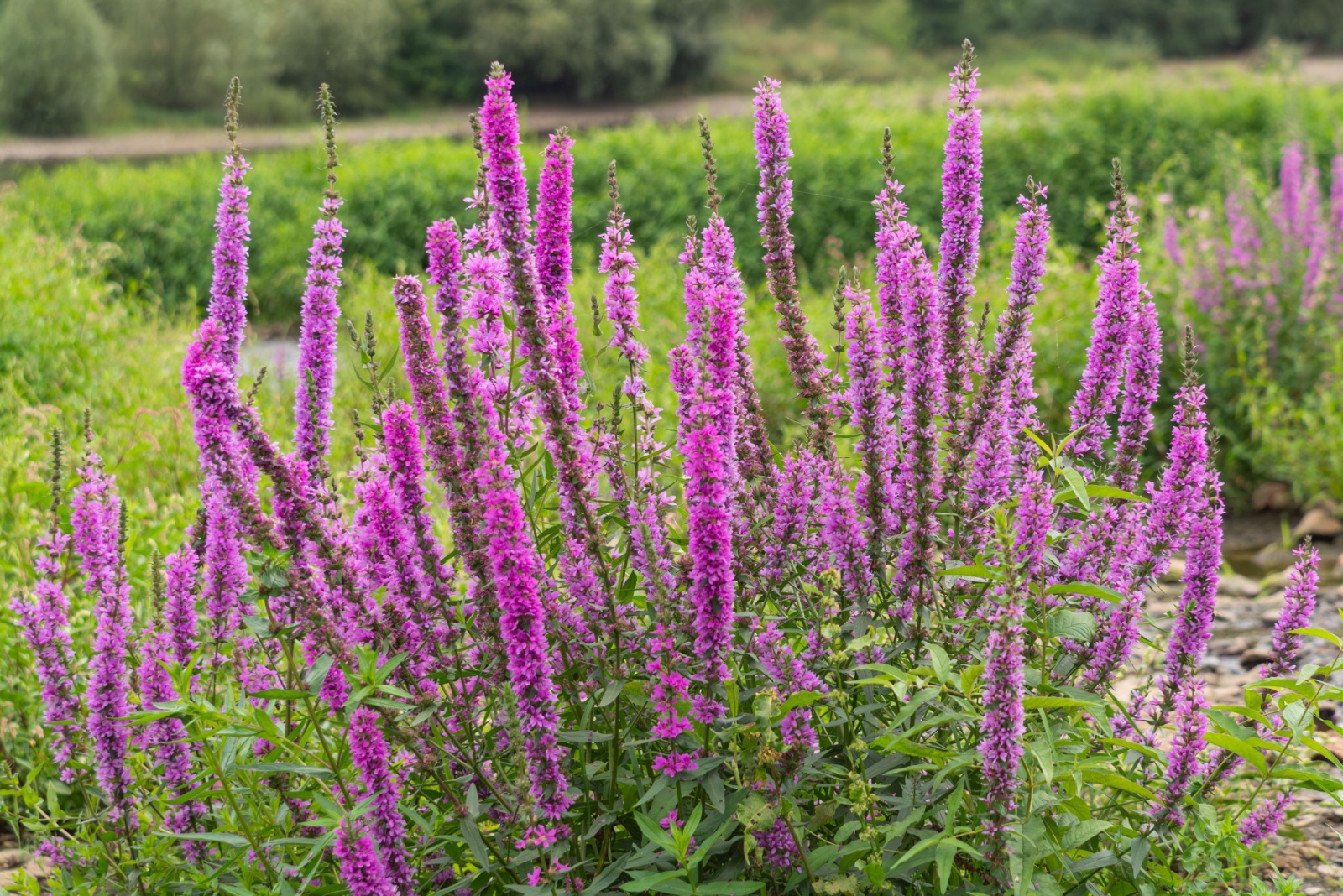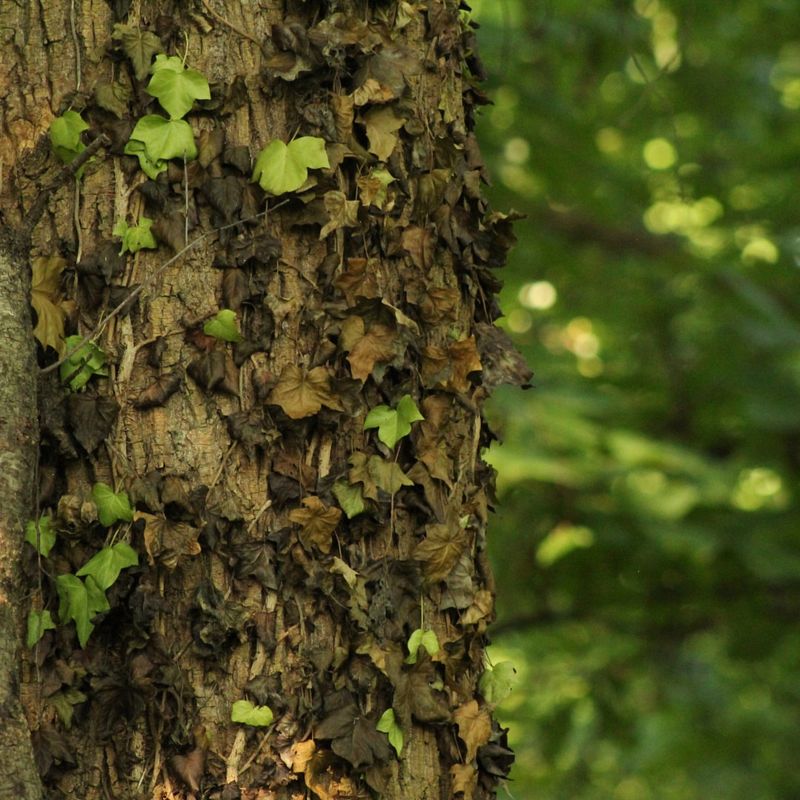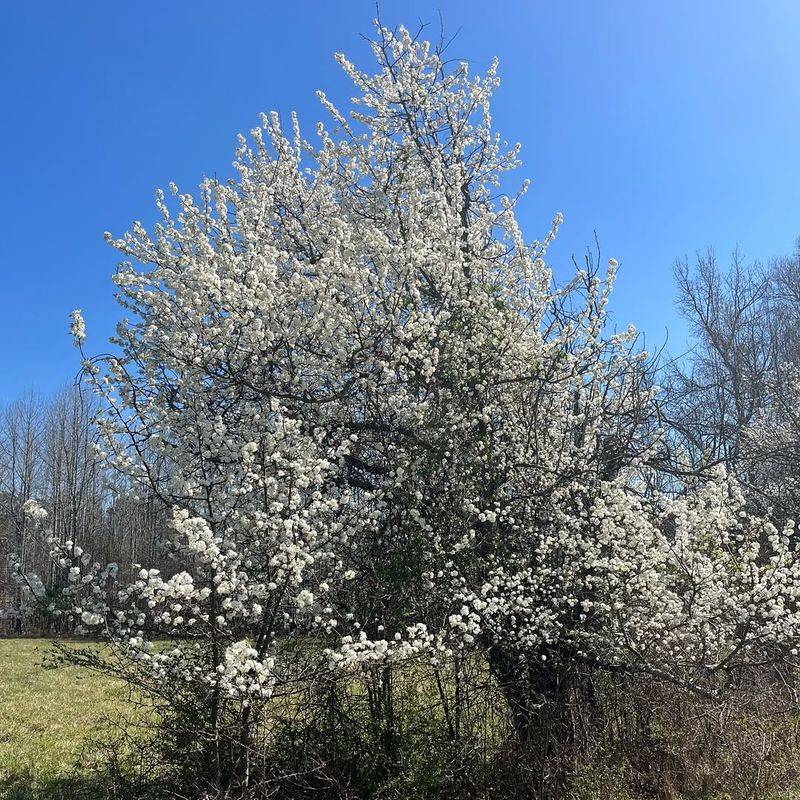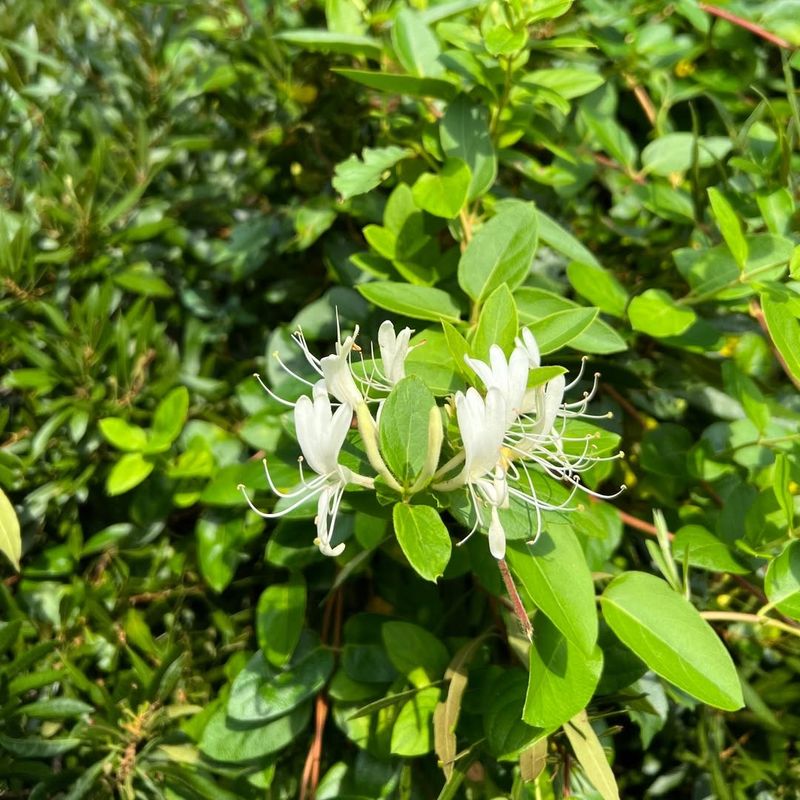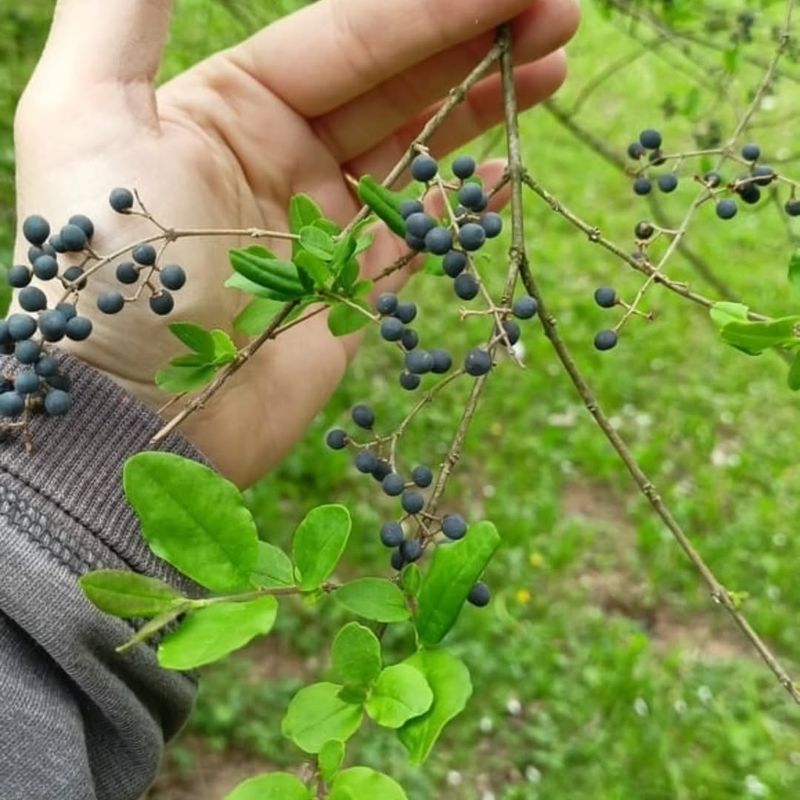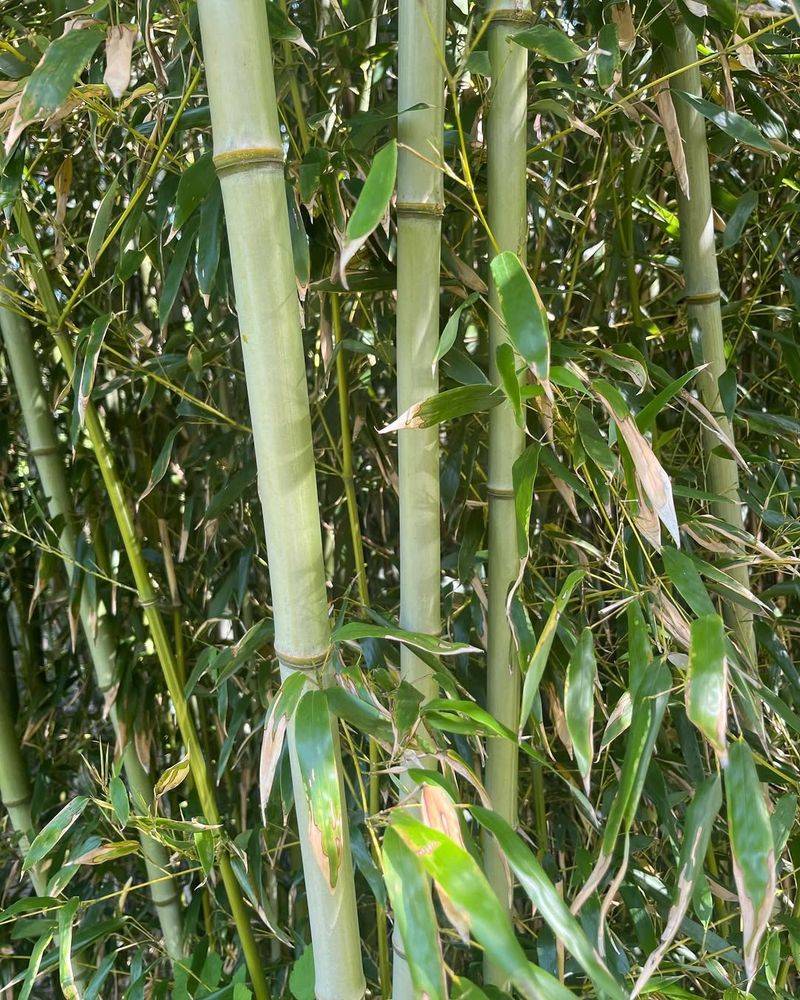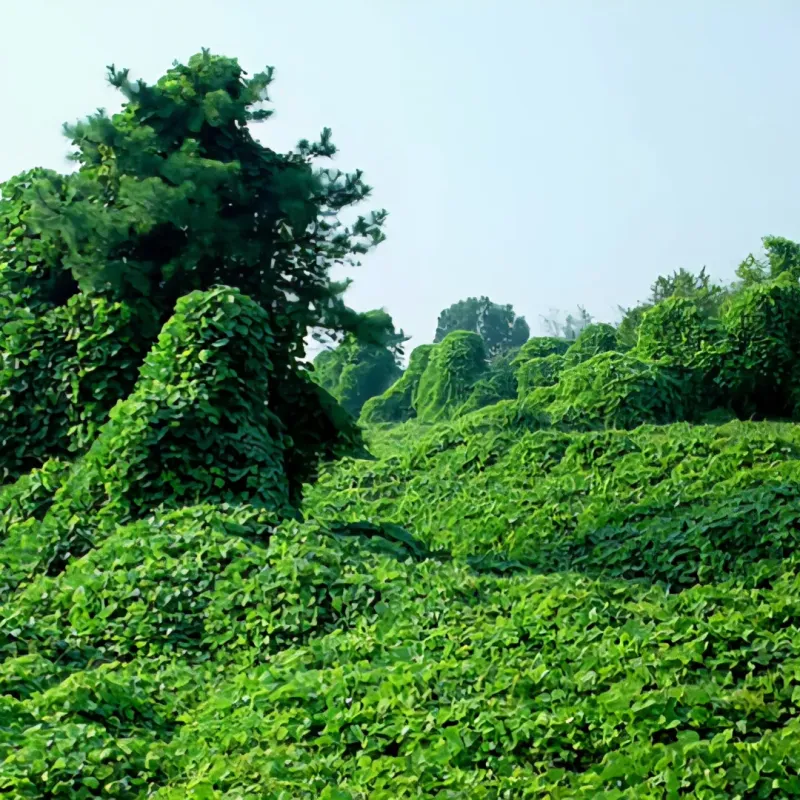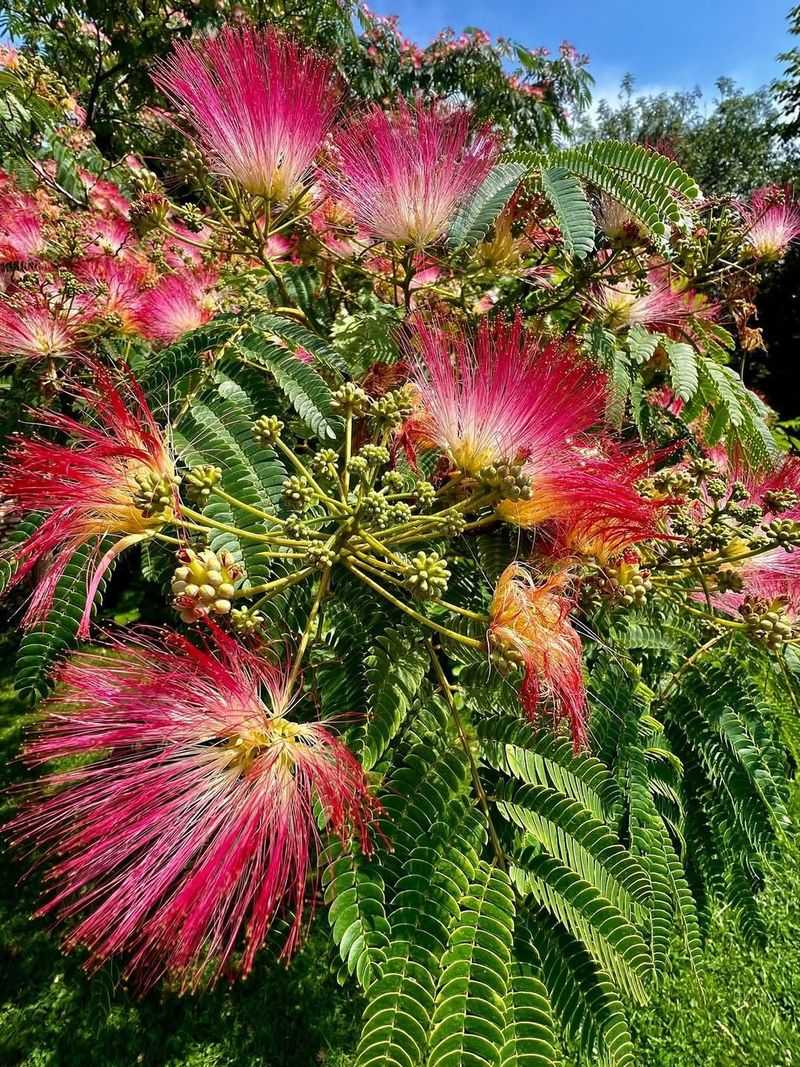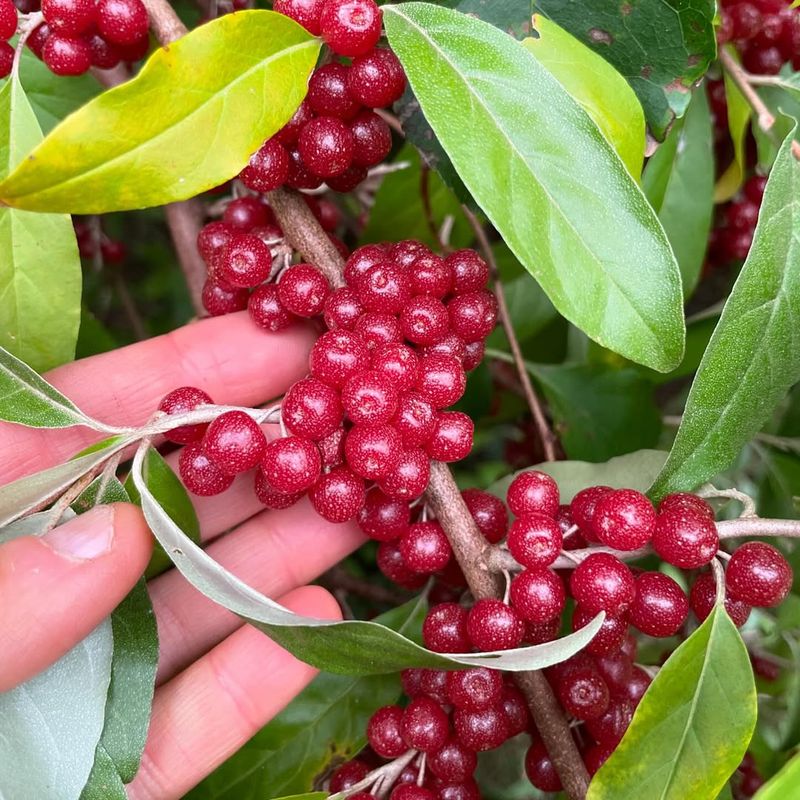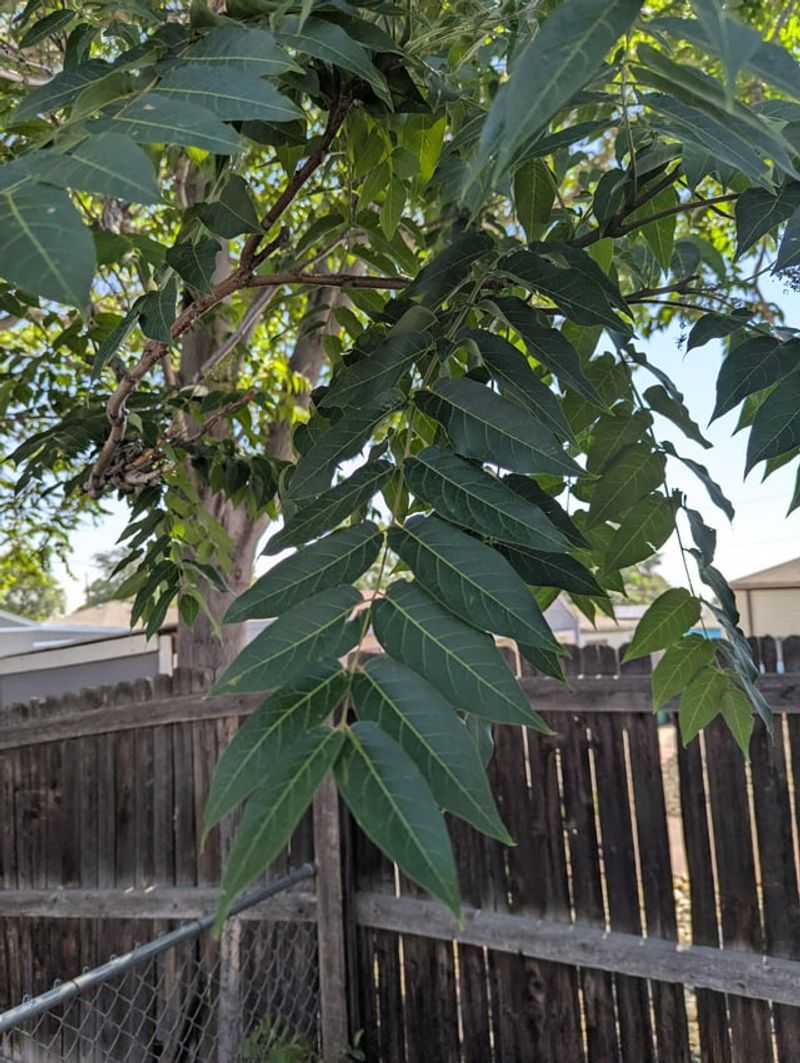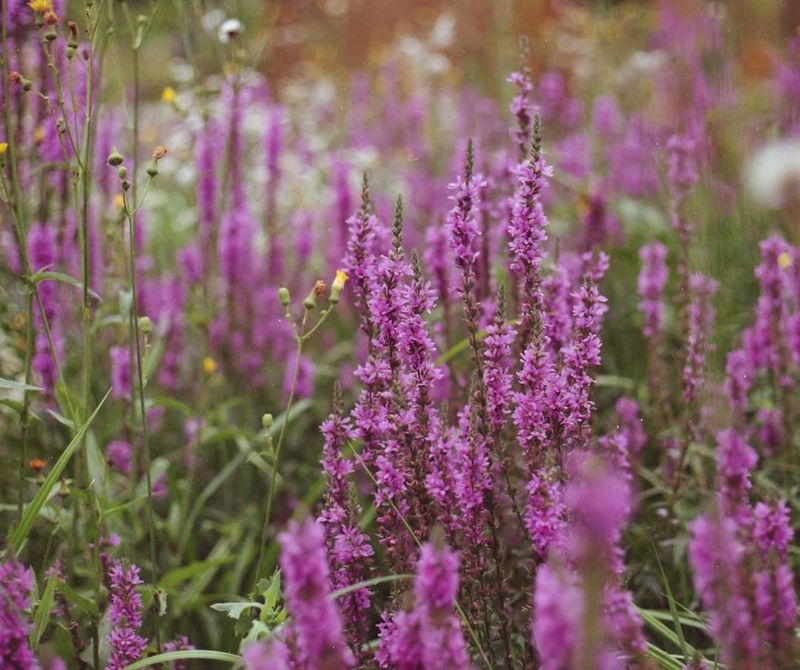Tennessee gardens face a growing challenge from invasive plants that threaten native ecosystems. Many popular ornamentals have escaped cultivation, crowding out local species and disrupting natural habitats.
Removing these problematic plants from your garden helps protect Tennessee’s beautiful landscapes and diverse wildlife.
1. English Ivy Gone Wild
Originally planted for its lush appearance, English ivy now strangles trees and shrubs across Tennessee. The climbing vine creates dense mats that prevent native seedlings from growing.
Removal requires persistence – cut vines at the base and carefully pull them from trees. The roots must be dug out completely to prevent regrowth. Even small fragments left behind can regenerate into new plants.
2. Bradford Pear’s Deceptive Beauty
Those pretty white blossoms hide a serious threat. Bradford pears crossbreed with other pear species, creating thorny thickets that crowd out native plants.
The trees break easily in Tennessee storms, causing property damage and safety hazards. When removing, ensure complete extraction of the root system to prevent sprouts. Consider replacing with native flowering trees like dogwood or redbud for similar spring beauty.
3. Japanese Honeysuckle’s Sweet Deception
Despite its fragrant flowers, Japanese honeysuckle aggressively overtakes gardens and forests. The vine twines around young trees, eventually killing them by blocking sunlight and weighing down branches.
Manual removal works best for small infestations – pull vines by hand, making sure to remove all roots. For larger areas, cutting vines followed by targeted herbicide application may be necessary. Monitor treated areas for several seasons to catch any regrowth.
4. Privet’s Persistent Problem
Birds love privet berries, spreading seeds far beyond garden boundaries. Once established in Tennessee, these shrubs form dense thickets that shade out native wildflowers and tree seedlings.
Young plants can be pulled by hand when soil is moist. Larger specimens require cutting and treating stumps with herbicide to prevent resprouting. Replace with native alternatives like Virginia sweetspire or American beautyberry for wildlife-friendly landscaping that won’t take over.
5. Bamboo’s Underground Invasion
Running bamboo species spread aggressively through underground rhizomes, popping up yards away from the original planting. Bamboo can push through asphalt, concrete, and building foundations, causing expensive damage.
Containment requires installing deep barriers at least 30 inches deep. Complete removal means digging out all rhizomes – a labor-intensive process that often takes years. Persistent cutting of new shoots will eventually exhaust the plant’s energy reserves.
6. Kudzu’s Smothering Embrace
Known as “the vine that ate the South,” kudzu can grow up to a foot per day during summer months. The aggressive climber blankets everything in its path – trees, power lines, abandoned buildings, and native Tennessee vegetation.
Goats effectively control kudzu through repeated grazing. For smaller patches, persistent cutting followed by root crown removal works best. Large infestations may require professional help with appropriate herbicides applied at specific growth stages.
7. Mimosa’s Misleading Charm
With feathery leaves and fluffy pink flowers, mimosa trees seem harmless. However, each tree produces thousands of seeds that remain viable for decades in the soil.
Young seedlings pull easily when soil is moist. Mature trees require cutting at ground level and immediate herbicide application to the fresh-cut stump. Watch for new sprouts from roots and remove promptly. Tennessee native alternatives include redbud or serviceberry for spring flowering interest.
8. Autumn Olive’s Deceptive Benefits
Once planted for wildlife food and erosion control, autumn olive quickly escaped cultivation. Each shrub produces up to 200,000 seeds annually, spread widely by birds that eat the silvery-red berries.
Small plants can be pulled by hand, ensuring removal of the entire root system. Larger specimens require cutting and treating stumps with appropriate herbicide. Native alternatives like elderberry or serviceberry provide similar wildlife benefits without the invasive tendencies.
9. Tree-of-Heaven’s Hellish Habits
Despite its heavenly name, this fast-growing tree creates earthly problems. Tree-of-heaven releases chemicals that prevent other plants from growing nearby, creating plant-free zones in Tennessee gardens and natural areas.
Female trees produce thousands of wind-dispersed seeds. Even worse, cutting stimulates vigorous root sprouting unless herbicide is immediately applied to the stump. Professional help may be needed for mature specimens to ensure complete elimination.
10. Purple Loosestrife’s Colorful Threat
The beautiful purple flower spikes of this wetland invader hide its destructive nature. A single plant can produce over two million seeds annually, quickly taking over wet areas and crowding out native species critical for wildlife.
Small infestations can be hand-pulled, bagging and disposing of all plant material to prevent seed spread. Never compost this plant! Larger stands may require carefully targeted herbicide applications by professionals familiar with wetland ecosystems.

